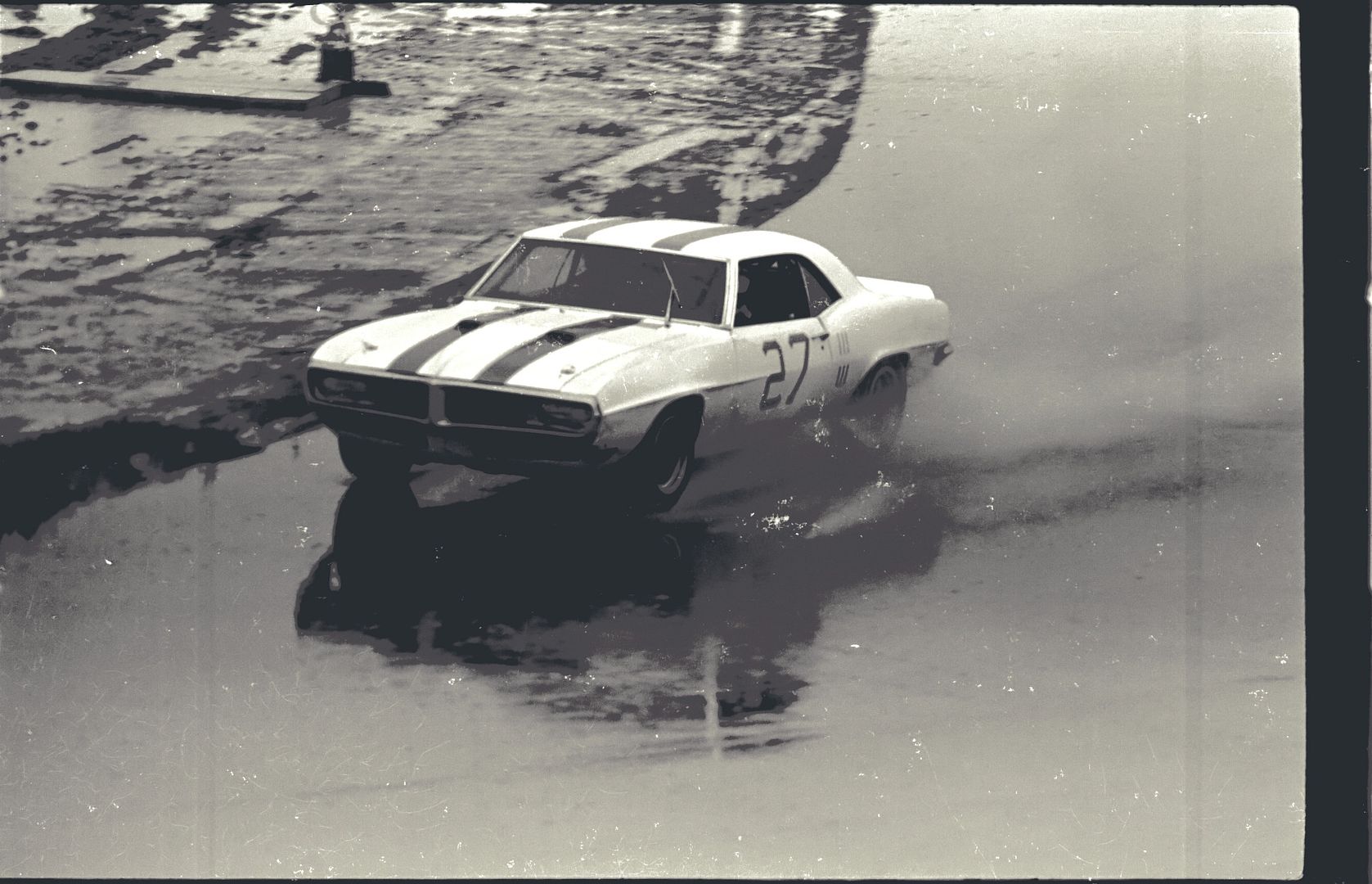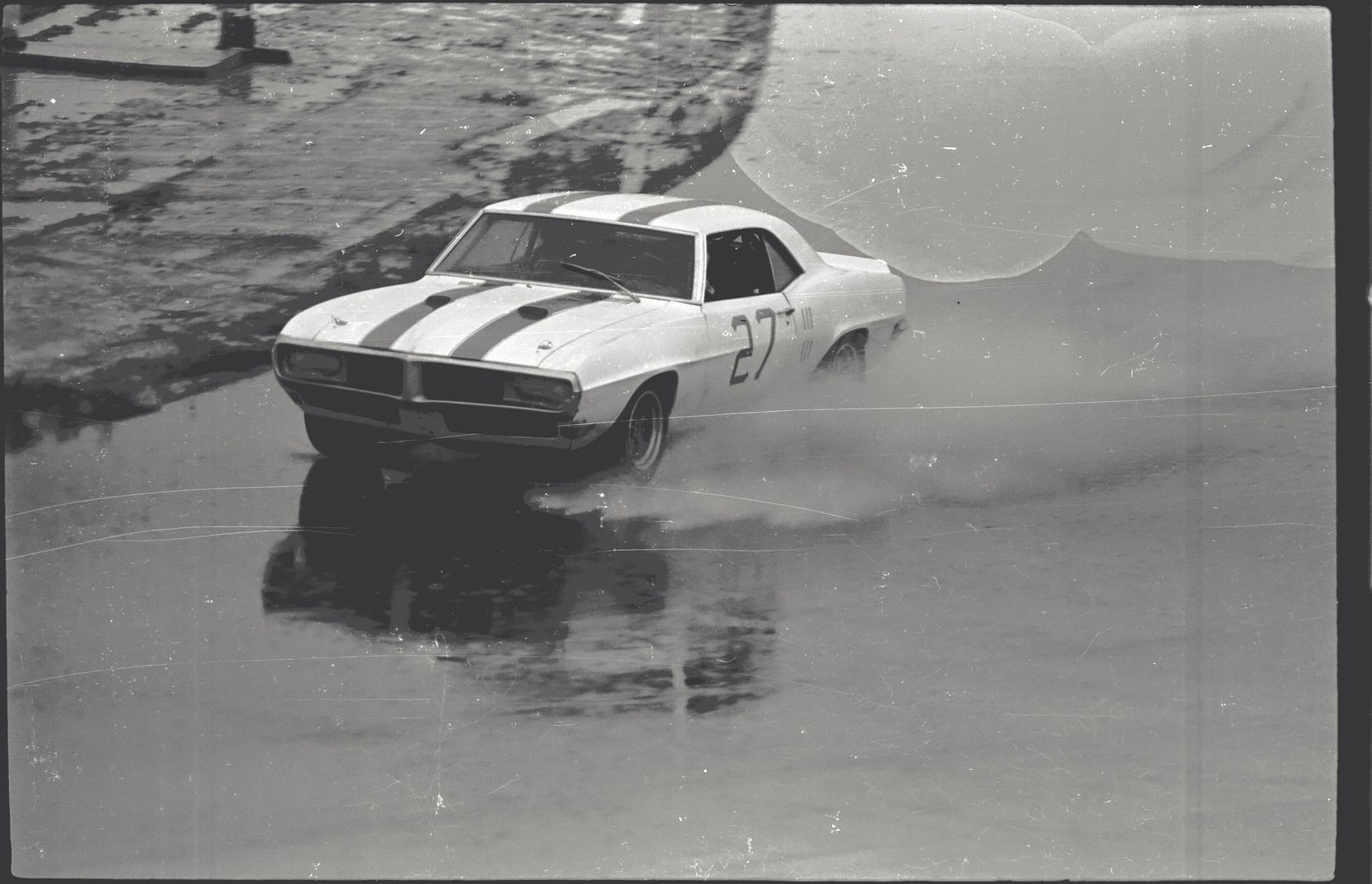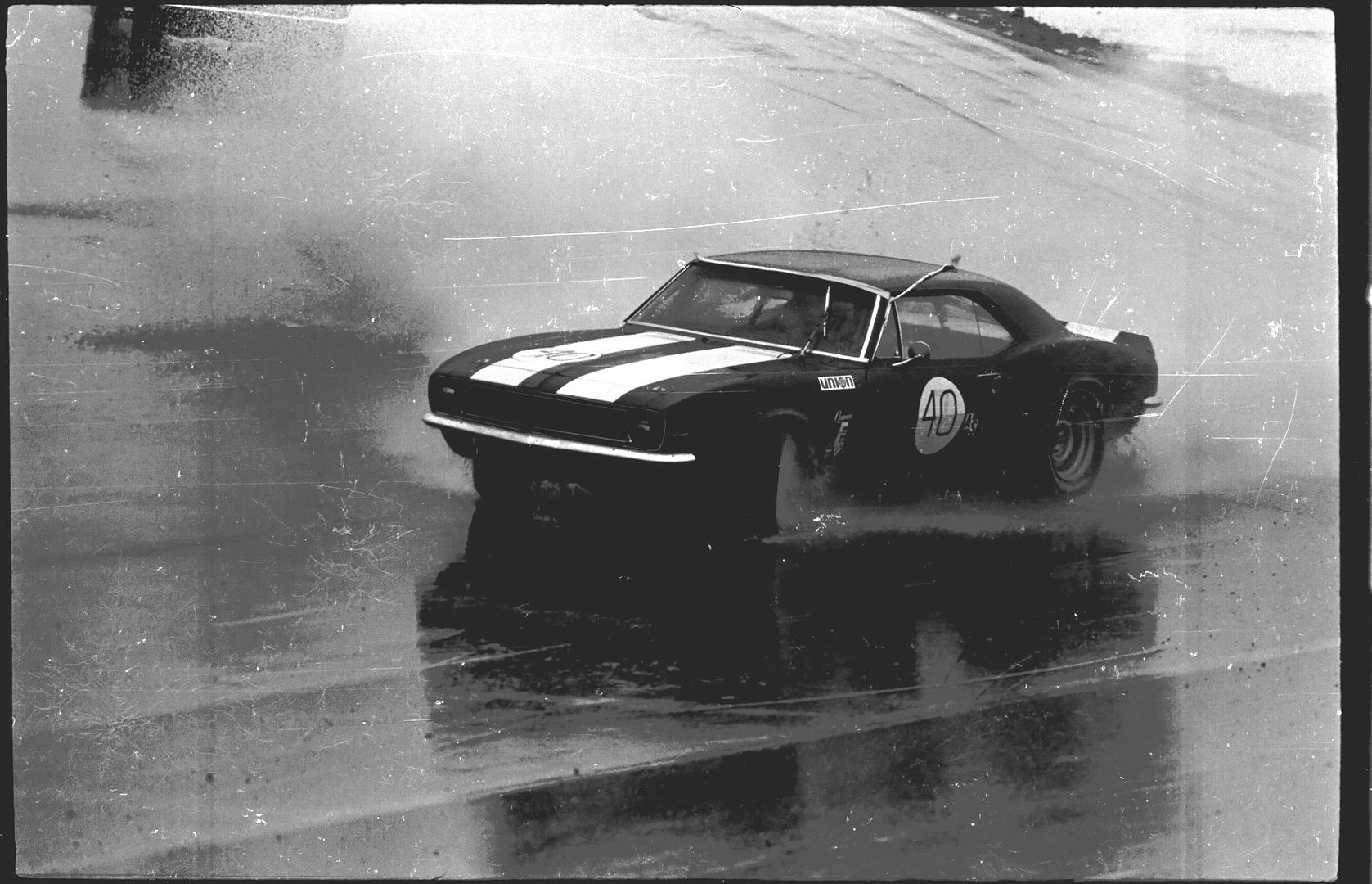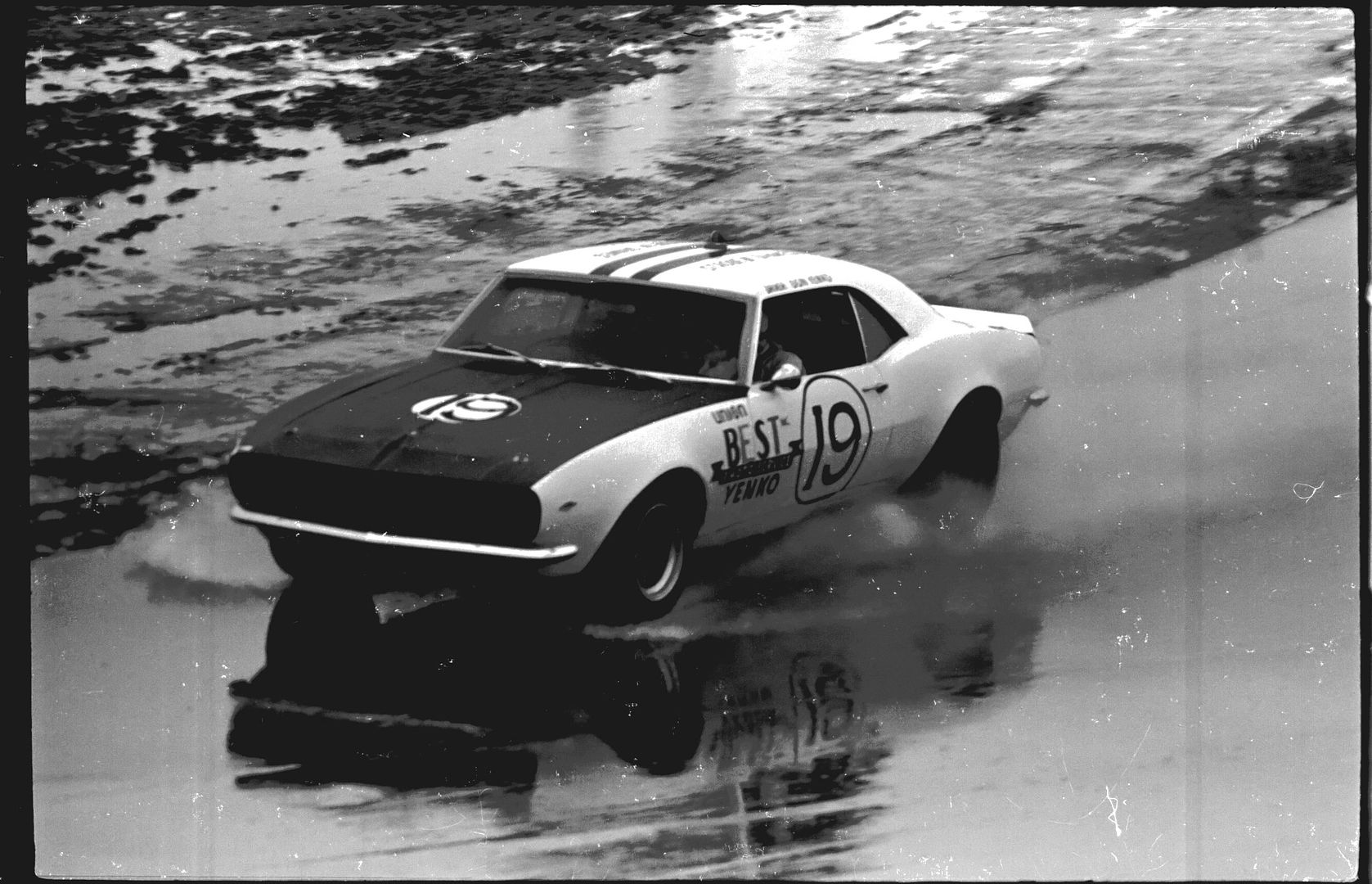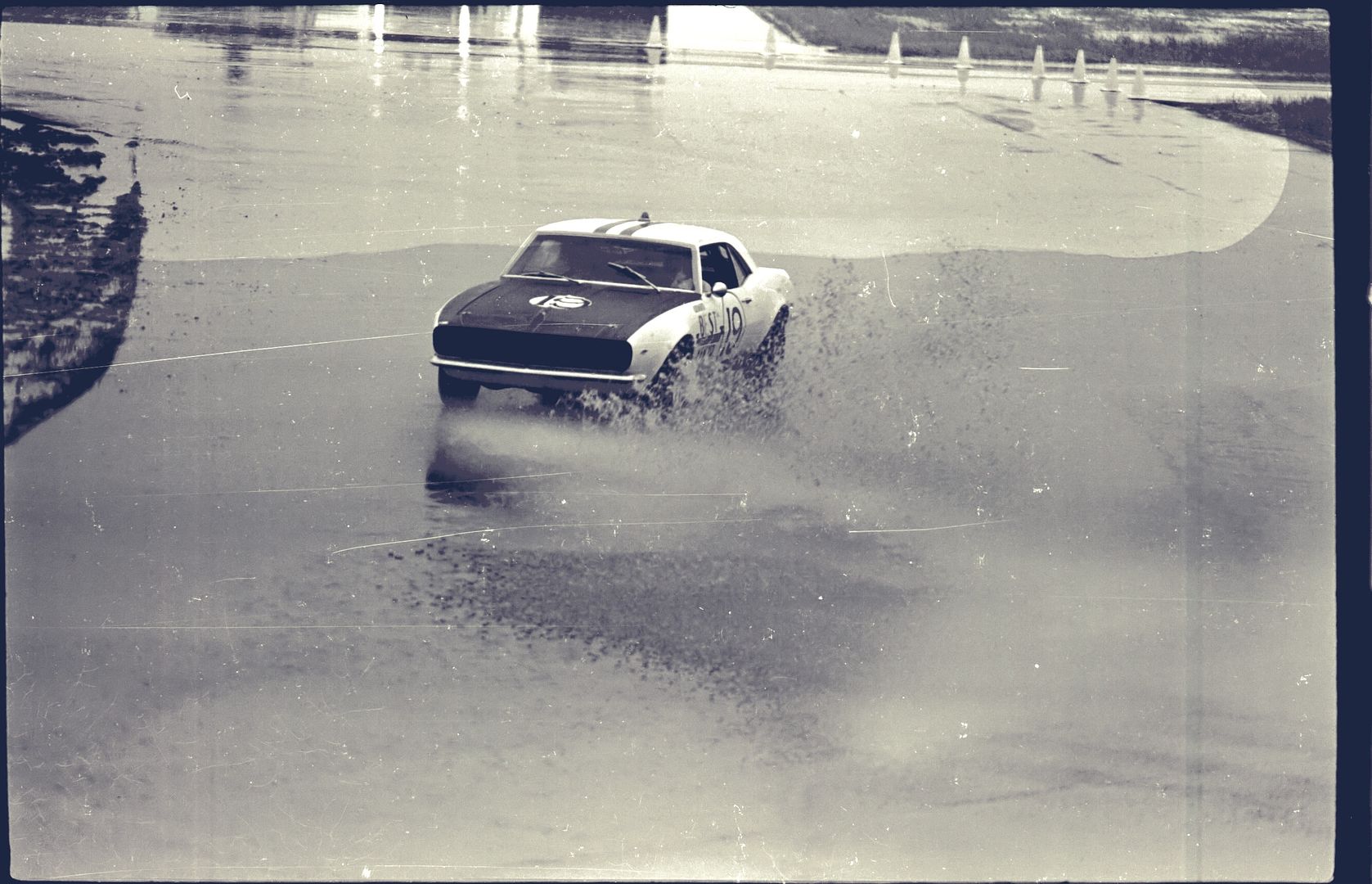I have the whole group of photos from the Ebay sale saved. When it was posted on another forum by another AMC devotee I saved all the photos. I haven't had access to my computer since my wife and I moved and we are still organizing. However, before going into a more in depth study I can point out some immediate details that tie these headers to the ones in the black and white photos from the first page of this thread. The spigot shaped head at the top of the pipes. The seamed sections of each pipe. The numbering system on the spigots. These are definitely not Penske headers as described in the EBay ad. Penske race parts are marked with "RP", for Roger Penske. There are further characters that follow on Penske race parts from the era.
Back to the headers in the ad. I have the listing saved in "my EBay". If one looks at the 5th photo in the link,
https://www.ebay.com/itm/ORIGINAL-PENSKE-DONAHUE-AMC-JAVELIN-TRANS-AM-303-SHORT-DECK-HEADERS/112609669098?hash=item1a380f2fea%3Ag%3Ay6IAAOSwCJxZ6Ngq&_nkw=penske+javelin&rt=nc&redirect=mobile, there is a number, "298", above the RD sequence in the same photo. A similar appearing raised set of marks are visible in the middle black and white photo on the previous page of this thread. The height of the markings are also in a very similar position relative to the safety wired bolts as the markings are positioned in photo 5 of the EBay ad. Also just visible in the b&w photo in this thread below the 3 digit number is the raised outline of at least one character below the 3 digit number, similar to the second row of characters seen in photo 5 of the ad. There are more photographic similarities between the ad and the black and white photo in this thread, but I will discuss that later.
Steve


